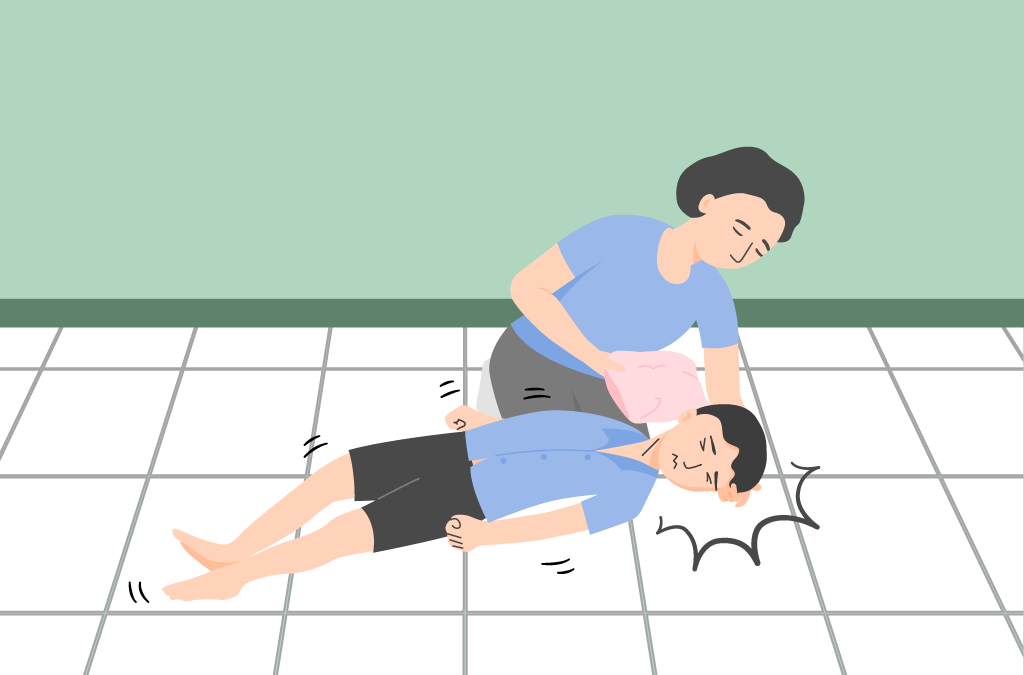Imagine you’re at a shopping mall with your friend.
Suddenly, you notice a woman nearby collapse and her arms and legs are jerking violently. You realize she’s having a seizure.
What should you do?
Seizures can happen without warning, and witnessing one can be alarming. However, staying calm and knowing the right steps can make a big difference.
Here are some simple first aid and safety measures to remember:
1. Stay Calm and Check the Surroundings
The first thing is to ensure the person is in a safe area.
Gently move away any objects—like chairs or tables—that might harm them.
If the floor is hard, place something soft (a jacket, for instance) under their head to prevent injury.
2. Time the Seizure
While it may feel like an eternity, use a watch or phone to time how long the seizure lasts. Most seizures only last a few seconds to a couple of minutes.
This information is useful if you need to call emergency services, as seizures lasting over five minutes usually require urgent medical attention.
3. Do Not Restrict Their Movements
Avoid holding the person down or trying to stop the shaking. Doing so can cause injury.
Let the seizure run its course. Also, never put anything in their mouth; the action may causing even more harm.
4. Turn Them onto Their Side
After the jerking movements subside, if possible, carefully roll the person onto their side (the recovery position).
This helps keep the airway clear and reduces the risk of choking on saliva or vomit.
5. Speak Reassuringly
When the person regains awareness, they may feel confused, frightened, or embarrassed. Speak in a calm, gentle voice and explain what happened.
Offer to stay with them until they feel better or until help arrives.
6. Call for Help If Needed
If the seizure lasts longer than five minutes, the person remains unconscious after it ends, or if they have repeated seizures without fully regaining consciousness, call emergency services immediately.
7. Stay Until They Recover
Once the seizure ends, the person may be tired or disoriented. Check for injuries and encourage them to rest.
Make sure they’re alert and safe before leaving or letting them leave on their own.
By following these steps, you can provide immediate help and comfort to someone experiencing a seizure.
Although it can be a frightening situation, your calm actions and knowledge may prevent further harm and allow the person to feel supported during a vulnerable moment.

